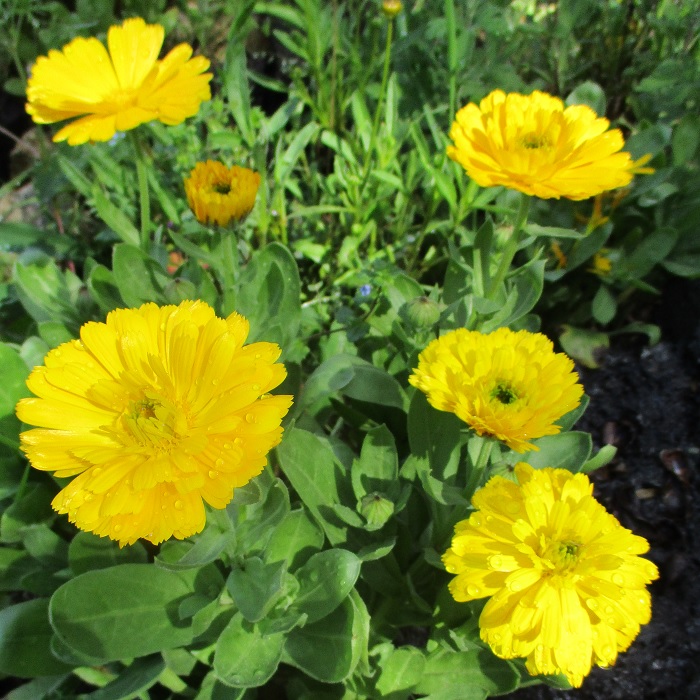UNITED STATES—Too much of a good thing can be a problem. That is why bacon is not one of the four basic food groups. It is why sunny weather gets mixed with a bit of rain. It is why we can not give plants too much fertilizer. Since late last summer or autumn, there has not been much need for fertilizer. If fertilized too late, citrus and bougainvillea develop new growth just in time to be damaged by frost.
Now it is time to start applying fertilizer, but only if necessary or advantageous. Fertilizer really is not as important as the creative marketing of fertilizers suggests. It is useful for new plants, fruits, flowers, lawns and especially for vegetables, but is probably overkill for healthy and established plants. There is no need to promote growth of trees and shrubbery that are at their optimum size.
Some of the specialty fertilizers are a bit fancier than they need to be. With few exceptions, complete fertilizers are useful for most applications. As long as plants get the extra nutrients that they crave, they should not complain. They can not read the labels of the fertilizers that they receive. Plants are more likely to have problems if they get too much of something that they do not need.
Rhododendrons and azaleas might like specialty acidifying fertilizer, but should be satisfied with a complete fertilizer. Citrus might likewise appreciate fertilizer that is specially formulate for citrus, but are probably not too discriminating. Palms only want specialty palm fertilizer if they demonstrate symptoms of nutrient deficiency. (Some palms are sensitive to deficiencies of micro nutrients.)
Too much fertilizer, especially fertilizer with a good amount of nitrogen, can inhibit bloom of several plants. Bougainvillea puts more effort into vigorous shoots and foliage than into bloom if it gets strung out on nitrogen. Nasturtium will do the same. In pots and poorly drained locations, excessive fertilizer can become toxic enough to discolor foliage or even scorch the edges of large leaves.
The most justifiable uses for fertilizers now are for flowering annuals and vegetable plants. Tomato and corn plants respond very favorably to fertilizer because they are so greedy with the nutrients they require for their unnaturally abundant production. (In the wild, the ancestors of tomato and corn do not really produce like garden varieties do.) Flowers, of course, take a lot of resources too.
Highlight: pot marigold
Just before the weather gets warm enough for real marigolds, and after the weather starts to get too cool and rainy for them, pot marigold, Calendula officinalis, is at its best. It can bloom at any time of year, depending on when it gets planted, but prefers cool and humid spring and autumn weather. It is not so keen on frost in winter, or the arid warmth of summer that real marigolds enjoy.
They are just as versatile as real marigolds are, and work nicely in pots, but they are known as pot marigold because of their history as culinary herbs. They also have medicinal applications, and can be used for dye. Mature plants do not often get bigger than a foot tall and wide, with somewhat coarse light green foliage. The two or three inch wide flowers are bright yellow or orange, and can sometimes be double.






